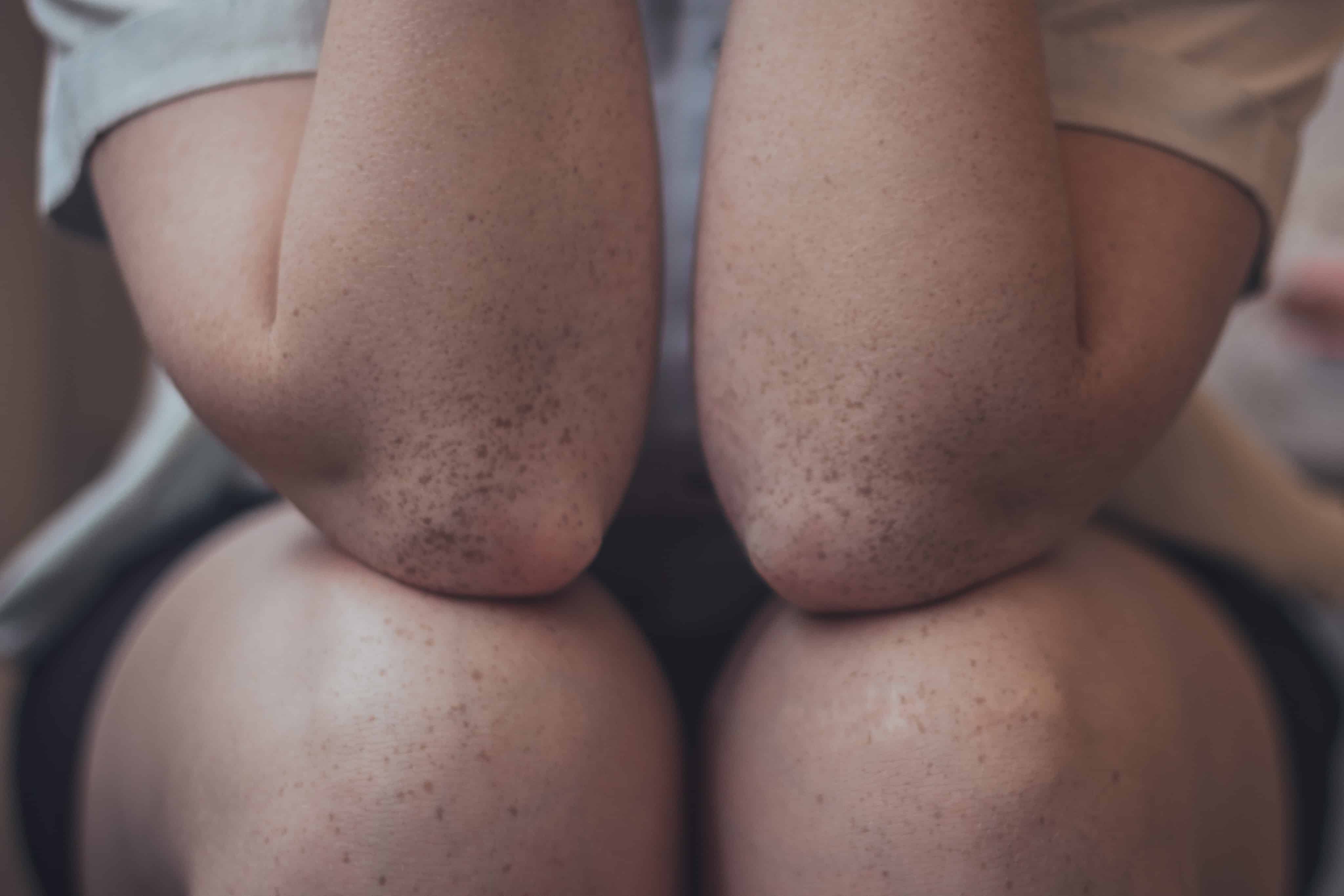If you’re here, you’re likely suffering from some unexplained knee pain, or maybe you know the cause! In the post below, we’ll give you everything there is to know about Prepatellar Bursitis, a condition often referred to as ‘Housemaids Knee’ and give you some great ways to ease the pain and aid recovery.
Prepatellar Bursitis
Prepatellar Bursitis is a condition that impacts the knees. It’s where your fluid-filled sacs (bursa) cushioning your knee joint becomes inflamed. There are various ways to aid the recovery process, plus ways to ease the pain. If you’re worried about your knee pain and your knee joint, it’s key you go and see your doctor to get some professional medical advice.
Symptoms
If you think you might have Prepatellar Bursitis, there are a few indicators you can look out for to give you a clearer picture. Make sure you mention these to your doctor if they’re relevant to you, this will help them better understand your condition and give you the correct diagnosis.
- Dull achy pain around the joint
- Warmer skin around the joint compared to surrounding skin
- Tender to the touch or to use
- Swelling around the joint
- Pain when you move or press on it
It’s important to remember that everyone is different and you might not have all the symptoms. Take note of what symptoms are bothering you before you see your doctor.
Causes
You might be wondering why Prepatellar Bursitis is often referred to as ‘Housemaids Knee’ when you do an online search. This is because a common cause of this condition is constant kneeling. Plumbers, roofers, carpet layers and gardeners are most at risk from this condition.
You can also be more at risk if you have Rheumatoid Arthritis or Diabetes, so make sure to get this checked if these are conditions you already suffer from.
There are two different types of Prepatellar Bursitis. Acute Prepatellar Bursitis is normally acquired from a sudden injury or trauma to the knee cap, such as a fall. Chronis Prepatellar Bursitis is normally from frequent kneeling or pressure on your knee.
Diagnosis
It’s so important you get your condition checked by your GP. When you’re there, you should expect a few checks to be undertaken by your doctor. Here’s what you should expect at your doctor’s appointment:
- Aspiration – This is where your doctor takes a sample of fluid from the affected joint using a needle. It’ll be sent off to test for infections and conditions.
- Physical Exam – They’ll check for tenderness around the joint and check your range of movement.
- Questions – You’ll of course be asked questions all about your joint and how it’s affecting you.
- Imaging Tests – This won’t be done at the GP, you might be referred for an X-Ray, MRI or CT Scan if your doctor thinks it’s necessary. This will help rule out other possible conditions.
Your doctor may not perform all of these tests if they know the cause based on your notes or they don’t think you’re suffering from Prepatellar Bursitis, carrying out all of the tests won’t be necessary.
Treating Prepatellar Bursitis
If your doctor confirms Prepatellar Bursitis is what you’re dealing with, then they’ll be able to take the correct path when it comes to treatment.
If your Prepatellar Bursitis has been caused by an infection in the joint, you’ll be given antibiotics, normally for around 7 days. Then you’ll likely be asked to come back to the GP to make sure the antibiotics have worked.
If your Prepatellar Bursitis has not been caused by an infection but you have significant swelling, you may be given a steroid injection to help take down swelling to the affected area. This cannot be done if your Prepatellar Bursitis has been caused by an infection.
Although rare, if your Prepatellar Bursitis comes back or it doesn’t get better, you may be asked to have the fluid in your affected joint surgically drained. This, however, is very unlikely.
Preventing Prepatellar Bursitis
There are a few ways you can stop Prepatellar Bursitis from coming back in the future and these steps can also be taken to help avoid it in the first place. Firstly, it’s important to remember to give your knees a break from any pressure and make sure you stand up regularly and move around.
- Weight – Try to maintain a healthy weight since being overweight can put more pressure on your joints.
- Cuts – Make sure you clean any cuts on your elbows or knees to prevent infections.
- Padding – If you can’t avoid kneeling, make sure you use padding, such as pillows, under your knee to relieve the pressure.
- Warm Up – If you’re a keen exerciser, make sure you warm up properly first.
- Breaks – Take regular breaks from kneeling, every 10-15 minutes is a good range but listen to your body and if you need more breaks, then do that instead.
That’s everything there is to know about Prepatellar Bursitis. Remember, if you think this is what you’re suffering from, see your doctor. They can help you take the right action and get any infections or swelling under control.




